1. Flappers Ditched Corsets for Fringe and Freedom
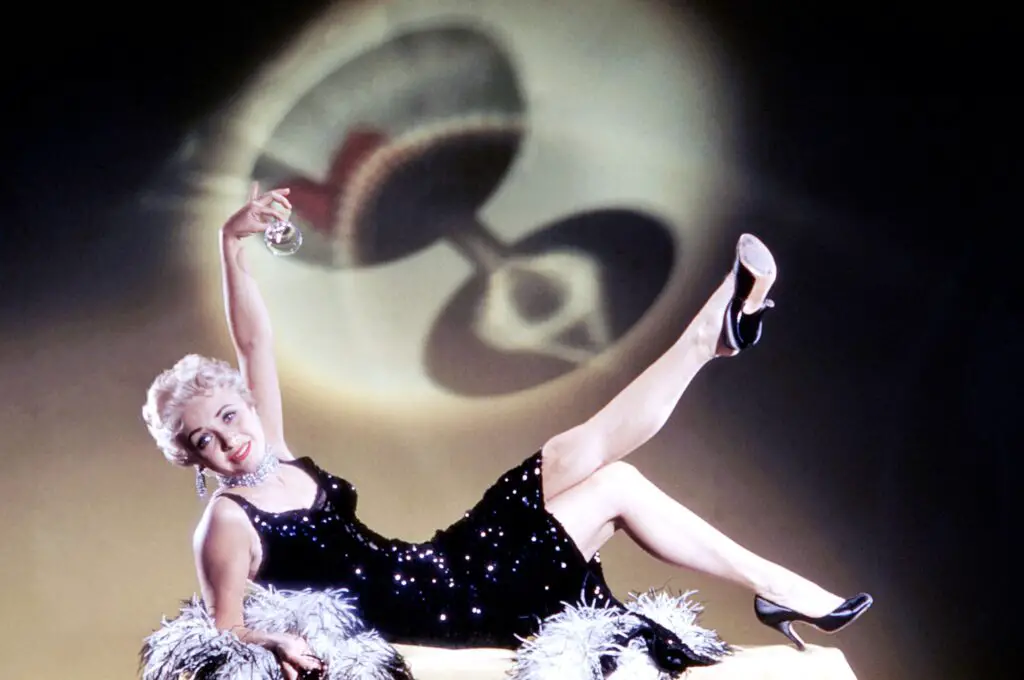
In the ’20s, young women shocked polite society by chopping off their hair, raising their hemlines, and dancing the Charleston without a care. Flappers weren’t just about style—they were flipping the script on what women were supposed to be. Instead of tight corsets and modest dresses, they wore loose, knee-length frocks covered in fringe that swayed with every move. They even dared to wear makeup, smoke in public, and drive cars, all of which were considered scandalous at the time shares Axios.
It wasn’t just about fashion; it was about freedom. By rejecting the restrictive clothing and behaviors of previous generations, flappers made it clear that they were living life on their own terms. While older generations clutched their pearls, young women reveled in their newfound independence. The shift in style went hand in hand with the fight for women’s rights, especially after they won the right to vote in 1920. The flapper look faded by the ’30s, but the impact on women’s fashion—and their place in society—was lasting adds TCU 360.
2. The Zoot Suit Made a Bold Political Statement
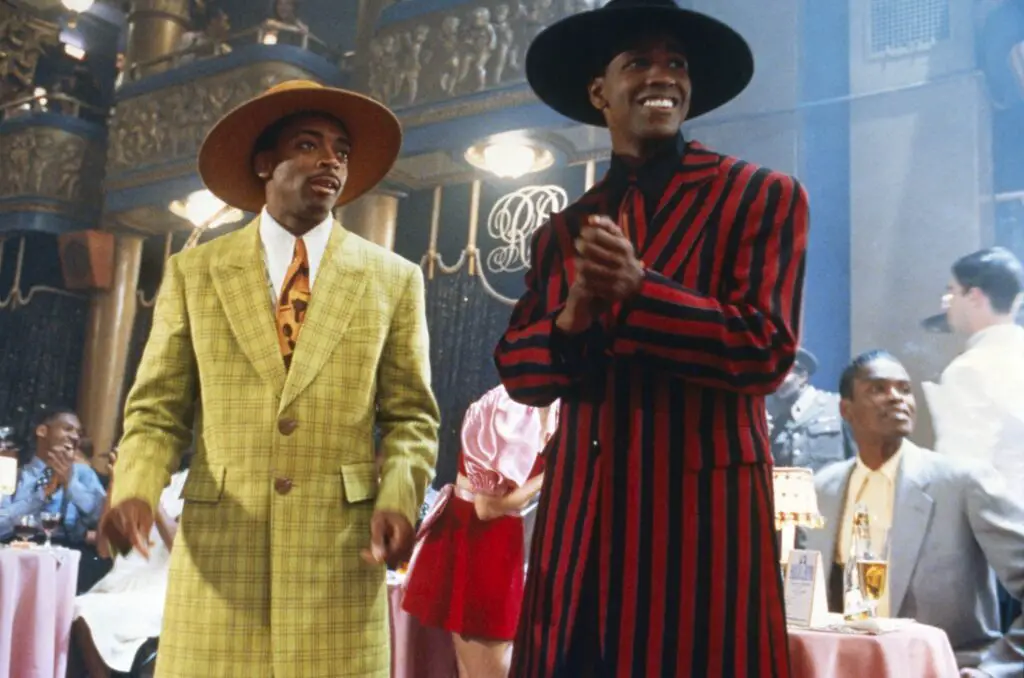
During the ’40s, zoot suits were more than just flashy fashion—they were a symbol of defiance. Popular among young Black, Latino, and Italian men, these oversized suits featured exaggerated shoulders, long coats, and wide-legged trousers. They were bold, stylish, and completely opposite of the rationing rules during World War II. Wearing one was seen as a protest against the societal norms that tried to dictate who got to dress a certain way shares Reason Magazine.
Things escalated in 1943 when racial tensions exploded into the infamous Zoot Suit Riots in Los Angeles. White servicemen targeted young Latino men in these suits, claiming they were unpatriotic for wasting fabric during wartime. But for those who wore them, the suits represented cultural pride and resistance against discrimination. Despite the backlash, zoot suits left their mark on fashion and history, proving that clothing could be a powerful political tool says Essence.
3. The Leather-Clad Rebels of the ’50s

James Dean and Marlon Brando didn’t just play rebels in the movies—they inspired a whole generation of them. In the ’50s, young men started ditching their parents’ clean-cut suits for leather jackets, cuffed jeans, and slicked-back hair. The look was all about rebellion, influenced by biker gangs and rock ‘n’ roll. Parents hated it, but teenagers embraced it as a way to push back against authority.
The leather jacket became a symbol of toughness and independence, cemented by movies like Rebel Without a Cause and The Wild One. It wasn’t just guys getting in on the trend either—women like Marilyn Monroe and Patti Page rocked the look, too. Schools and restaurants even banned leather jackets, fearing they encouraged delinquent behavior. But that only made them even cooler. Decades later, the bad-boy (and bad-girl) leather look is still a fashion staple.
4. The Mods vs. The Rockers: A Battle of Style
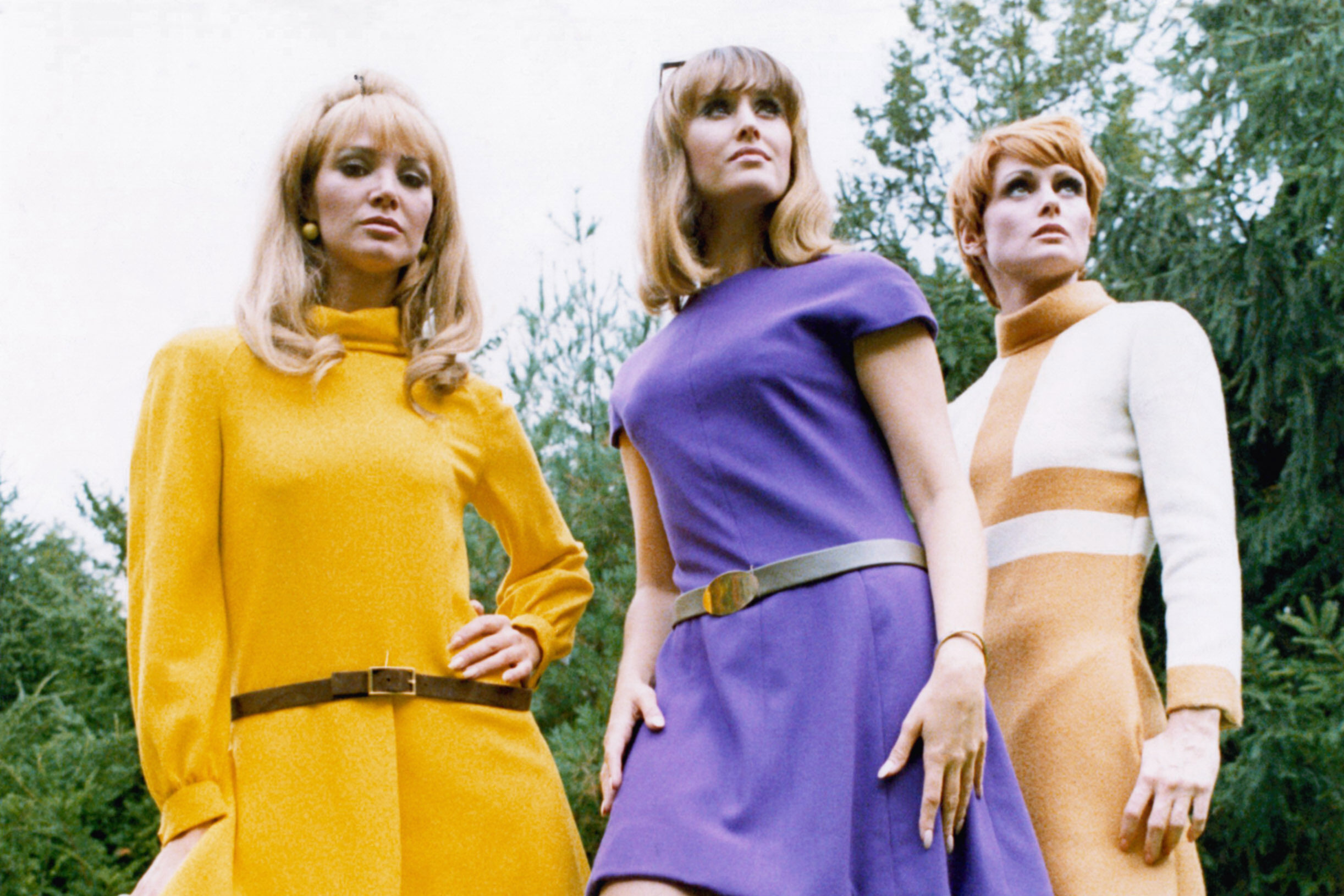
In ’60s Britain, youth culture was split between two fashion-forward factions: the Mods and the Rockers. Mods embraced slim suits, Italian scooters, and an obsession with looking effortlessly cool. Rockers, on the other hand, stuck to leather jackets, motorcycles, and a tough, rebellious attitude. Their rivalry wasn’t just about style—it represented a deeper cultural divide.
Fights would break out between the two groups, especially in seaside towns where they would face off in clashes that made headlines. The Mods saw themselves as forward-thinking and sophisticated, while Rockers embraced a raw, working-class toughness. Both groups were rebelling against the mainstream but in completely opposite ways. Their fashion statements still influence trends today, from tailored Mod-inspired looks to classic biker leather.
5. Hippies Rejected Mainstream Fashion for Free-Spirited Style

The late ’60s and early ’70s saw a rebellion against materialism, and nothing showed that more than hippie fashion. Flowing skirts, tie-dye shirts, bell-bottoms, and flowers in the hair became the uniform of those rejecting war and corporate America. Instead of stiff, structured clothes, hippies embraced comfort, natural fabrics, and handmade pieces.
It wasn’t just about looking different—it was about rejecting conformity altogether. While the older generation was buttoned up and proper, hippies let it all hang loose. Long hair and bare feet became symbols of freedom, and even men started wearing more colorful and expressive clothing. What was once seen as outrageous became mainstream over time, proving that rebellion can reshape fashion forever.
6. Punk Rockers Took a Safety Pin to Tradition
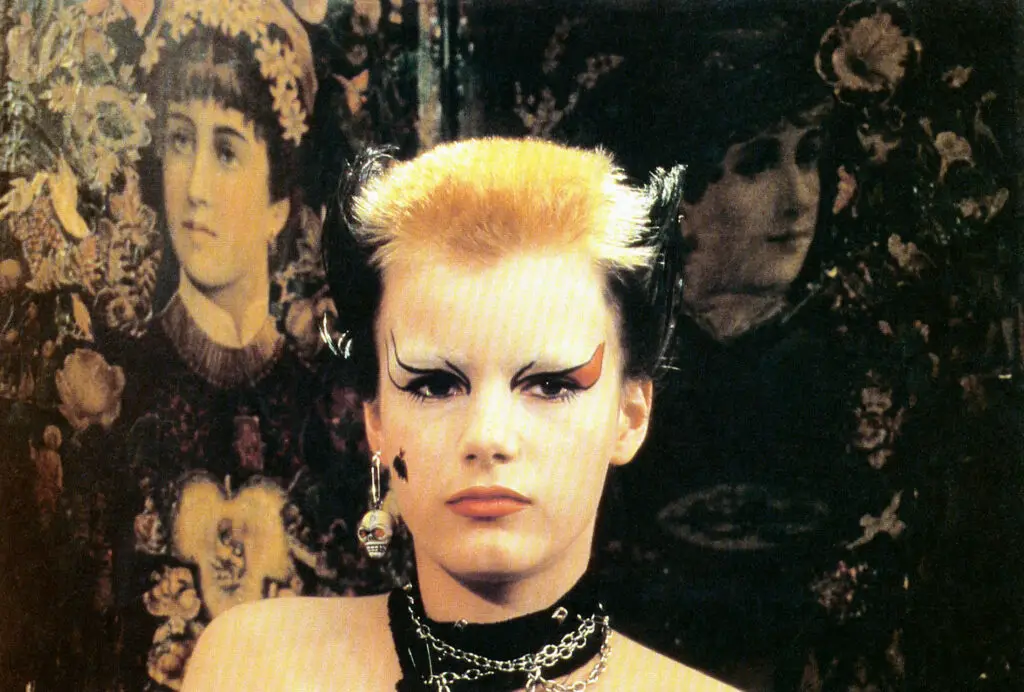
When punk exploded in the ’70s, it wasn’t just about music—it was about attitude. Ripped clothes, leather jackets covered in spikes, and wild hair weren’t just fashion statements; they were middle fingers to the establishment. Punk fashion took everyday items and turned them into rebellion, like safety pins used as piercings or DIY band patches stitched onto torn shirts.
Vivienne Westwood and Malcolm McLaren helped popularize the look, but punks made it their own. It was aggressive, chaotic, and completely anti-mainstream. Even as punk music evolved, the fashion stayed just as bold. To this day, ripped jeans, combat boots, and studded accessories still carry that rebellious spirit.
7. Women in the ‘80s Power Dressed Their Way to the Top

The ‘80s saw women storming into corporate offices, but they weren’t about to blend in. With bold shoulder pads, bright colors, and tailored suits, they took a traditionally male-dominated world and made it their own. Power dressing wasn’t just about looking good—it was about demanding respect in a professional setting.
Designers like Giorgio Armani helped shape the trend, making it clear that women could look strong and stylish. Big hair, bold accessories, and high heels completed the look, making sure no one overlooked them. While some criticized the style for being too aggressive, it paved the way for future generations of women to embrace authority without sacrificing fashion. Even today, a sharp blazer is still a power move.
8. Grunge Thrifted Its Way to Rebellion
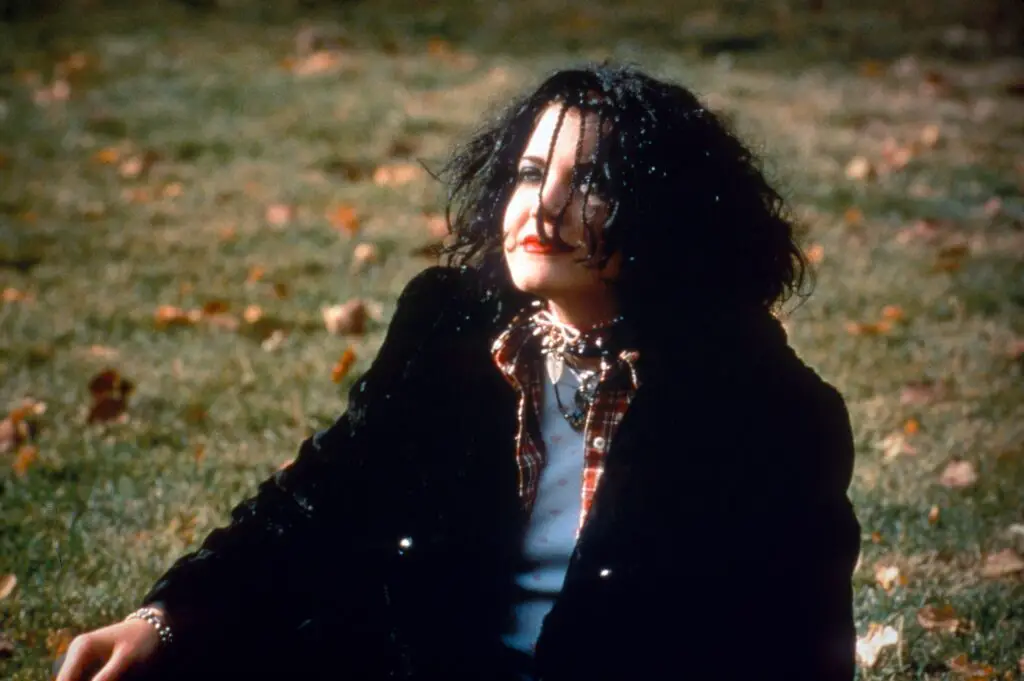
By the ’90s, grunge took over, and with it came a fashion revolution that rejected the excess of the ‘80s. Inspired by musicians like Kurt Cobain and Eddie Vedder, grunge style was all about flannel shirts, ripped jeans, and combat boots. It wasn’t polished or flashy—it was intentionally messy, a direct contrast to the glitz of previous decades.
Thrift store finds and hand-me-downs became the new cool, proving that rebellion didn’t have to be expensive. The unkempt, laid-back look was about rejecting commercialism and embracing authenticity. Despite its anti-fashion roots, grunge became so popular that high-end designers tried to replicate it. But true grunge fans knew—if it looked too polished, it missed the whole point.
9. Androgynous Fashion Challenged Gender Norms
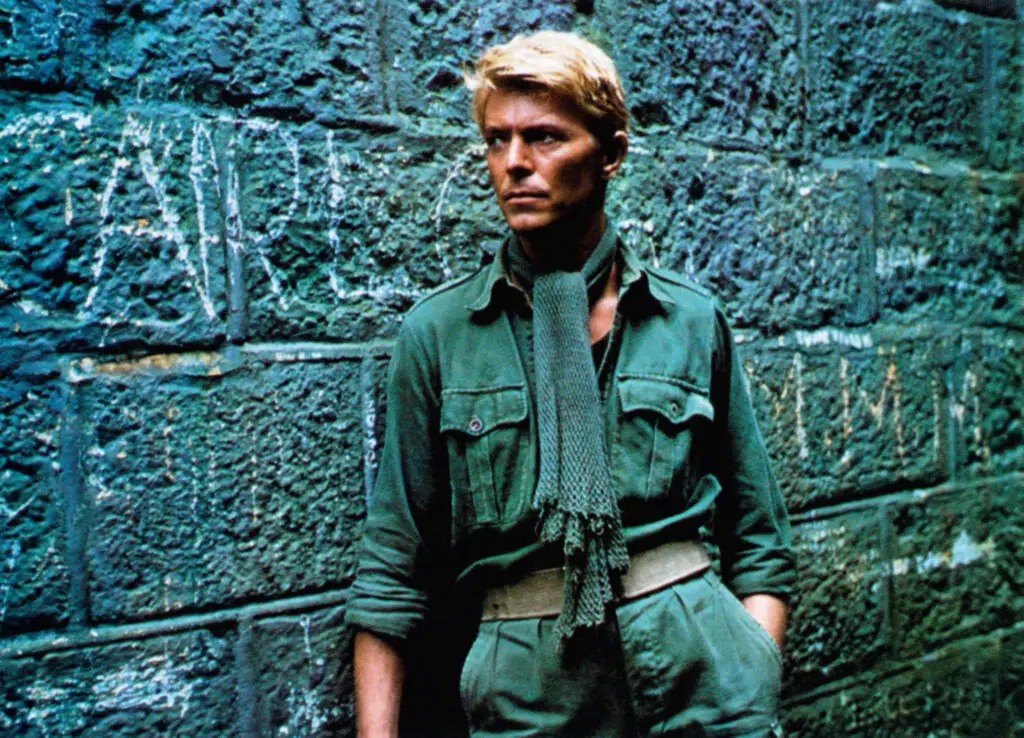
Fashion has long been divided into “men’s” and “women’s” categories, but rebels have always pushed those boundaries. From David Bowie’s glam rock looks to Prince’s ruffled shirts, androgynous style made people question why clothes had to be gendered at all. In the ’80s and ’90s, artists like Annie Lennox and Grace Jones took it even further, embracing suits and sharp, minimalistic styles.
By the 2000s, gender-fluid fashion became more mainstream, with designers creating clothing that didn’t fit into traditional labels. Today, stars like Harry Styles and Janelle Monáe continue to blur the lines. The message is clear: fashion should be about self-expression, not outdated rules. What was once rebellious is now an accepted part of the industry, proving that challenging norms leads to lasting change.
10. Goths Turned Darkness Into a Fashion Statement
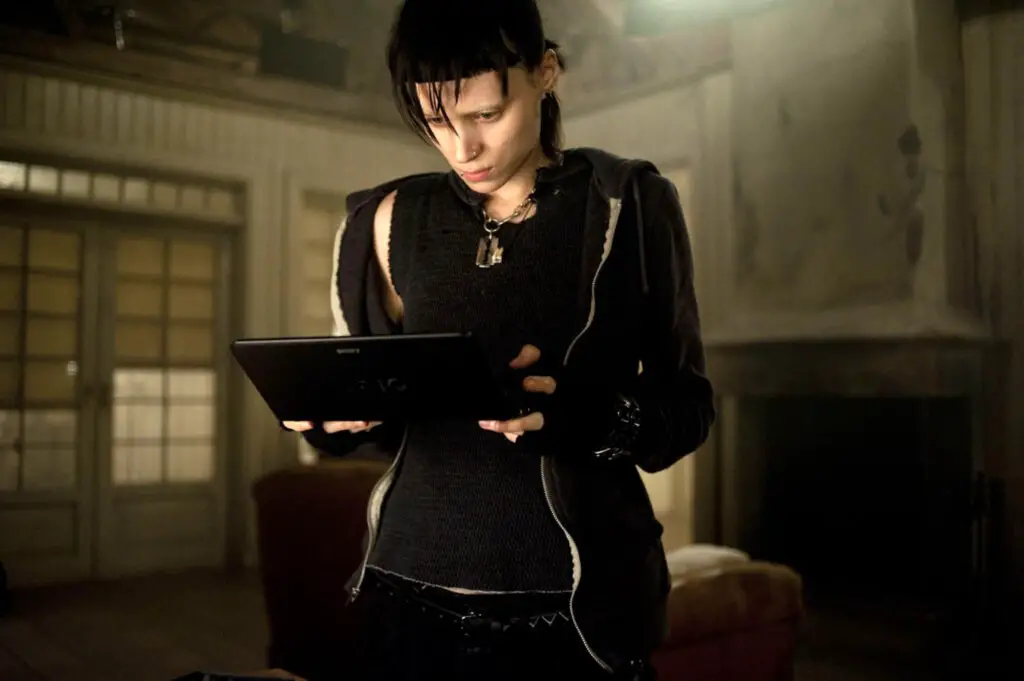
In the ’80s and ’90s, goth fashion emerged as a dramatic, rebellious response to mainstream trends. Inspired by punk, Victorian mourning attire, and horror aesthetics, goths embraced black clothing, heavy eyeliner, and lace-up boots. Bands like The Cure and Siouxsie and the Banshees helped shape the look, making pale skin and dark lips part of the signature style. For many, goth fashion was about rejecting societal expectations of cheerfulness and normalcy.
While outsiders often misunderstood the movement, goths found power in embracing the unconventional. Their style was a way to express individuality, emotion, and even a fascination with the macabre. Despite efforts to mock or suppress it, the goth aesthetic has endured, influencing high fashion, music, and even mainstream beauty trends. Today, elements of goth fashion can be seen everywhere, proving that darkness can be just as stylish as light.
11. The Riot Grrrl Movement Used Fashion as a Feminist Weapon
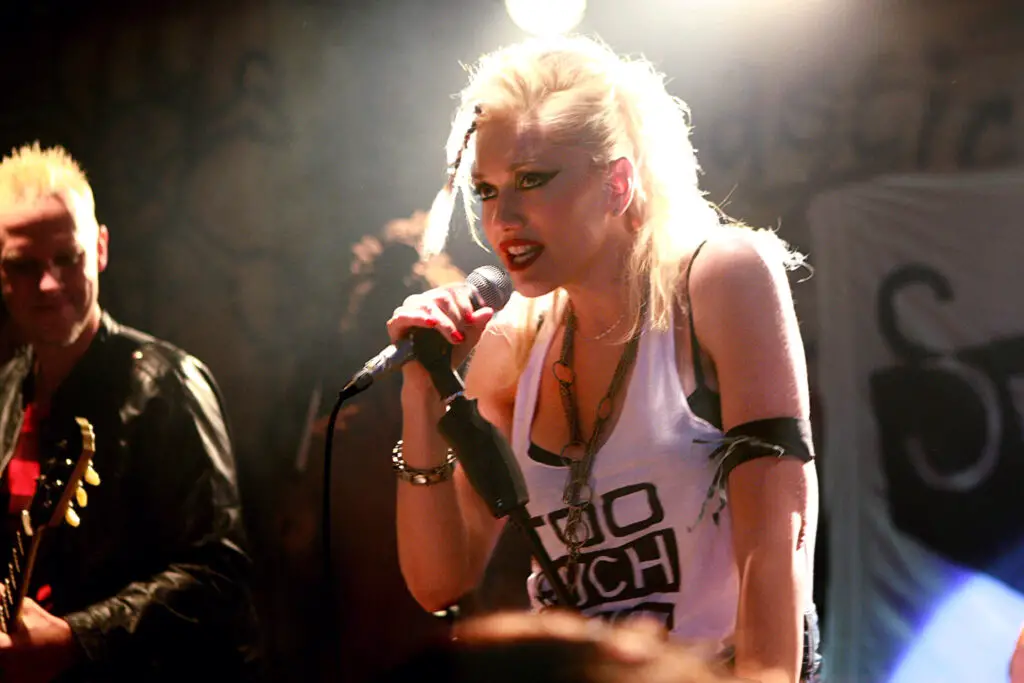
In the early ’90s, the Riot Grrrl movement combined punk music with feminist activism, and its fashion choices were just as bold. Women in the movement wore ripped tights, baby doll dresses, combat boots, and DIY band shirts, rejecting both traditional femininity and male-dominated punk culture. They scrawled slogans like “Revolution Girl Style Now” on their clothes, turning their outfits into walking protests.
The look wasn’t just about rebellion—it was about reclaiming space in a scene that often ignored or dismissed women. By embracing aggressive, in-your-face style, Riot Grrrls challenged stereotypes and pushed for gender equality. Their DIY aesthetic rejected commercialized beauty standards, making it clear that women didn’t have to dress for the male gaze. Though the movement eventually faded, its influence on feminist fashion and music still lingers.
12. Hip-Hop Fashion Took Street Style to the Mainstream
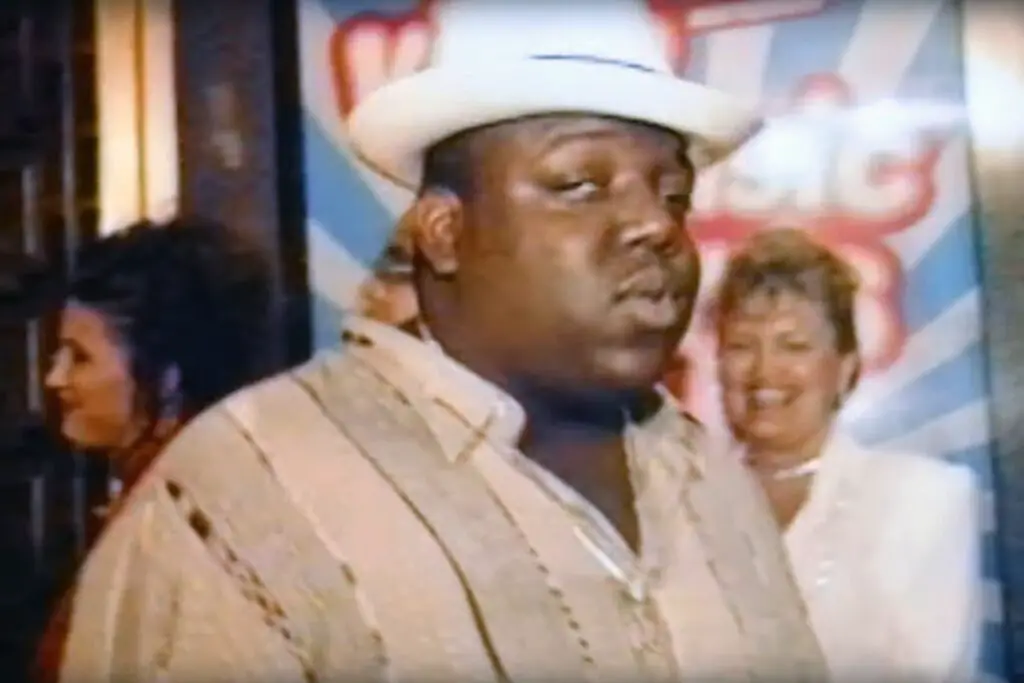
Hip-hop didn’t just change music—it revolutionized fashion. In the ’80s and ’90s, rappers set trends with oversized clothing, gold chains, and sneakers, turning streetwear into a global phenomenon. Brands like Adidas, FUBU, and Tommy Hilfiger became synonymous with hip-hop culture, and artists like Run-D.M.C. and Tupac made sure their style was as bold as their lyrics.
The fashion was more than just cool—it was a statement of identity and success. Tracksuits, baggy jeans, and baseball caps reflected both the struggles and triumphs of the community. Critics dismissed it as a passing trend, but hip-hop fashion only grew stronger, eventually influencing high-end designers. Today, luxury brands collaborate with rappers, proving that what was once considered rebellious streetwear is now fashion royalty.
13. Scene Kids Brought Neon and Emo Together
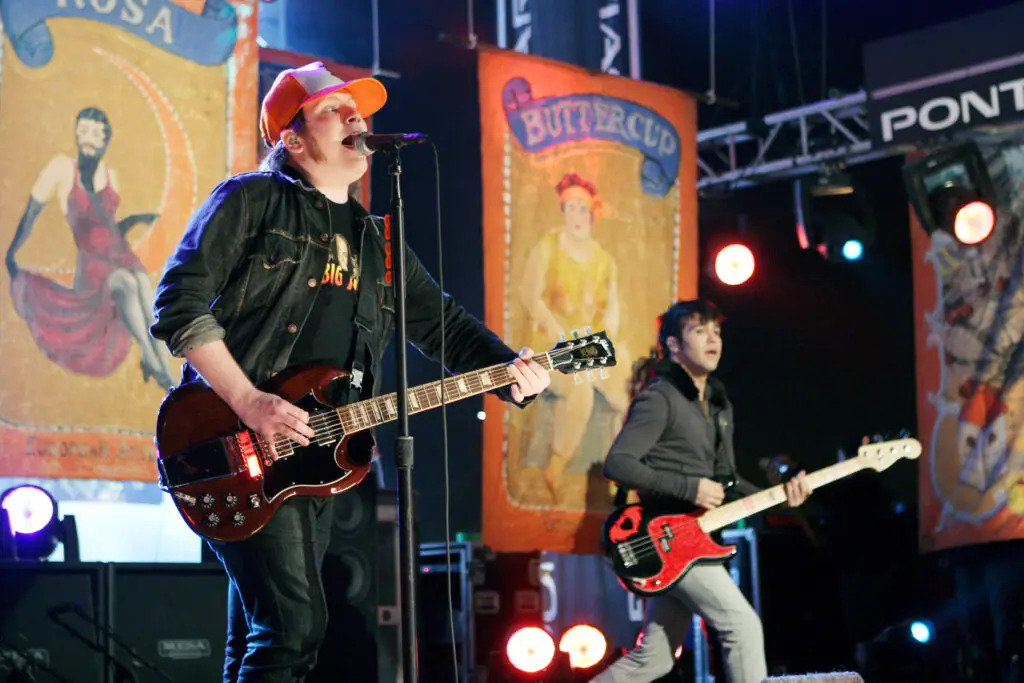
In the early 2000s, scene fashion exploded online and in underground music circles. A mix of emo, punk, and rave culture, it was all about bright colors, skinny jeans, and gravity-defying teased hair. Scene kids layered on rubber bracelets, animal prints, and band merch, making MySpace their personal runway. The look was loud, unapologetic, and completely different from the mainstream preppy style of the time.
Beyond the neon and choppy haircuts, scene fashion was about standing out and embracing weirdness. It rejected the cookie-cutter pop culture of the early 2000s in favor of something more unique and personal. Though some wrote it off as a teenage phase, elements of scene style have lived on in alternative fashion. And let’s be honest—those dramatic side-swept bangs made a lasting impression.
14. Today’s Gen Z Thrift and Upcycling Movement
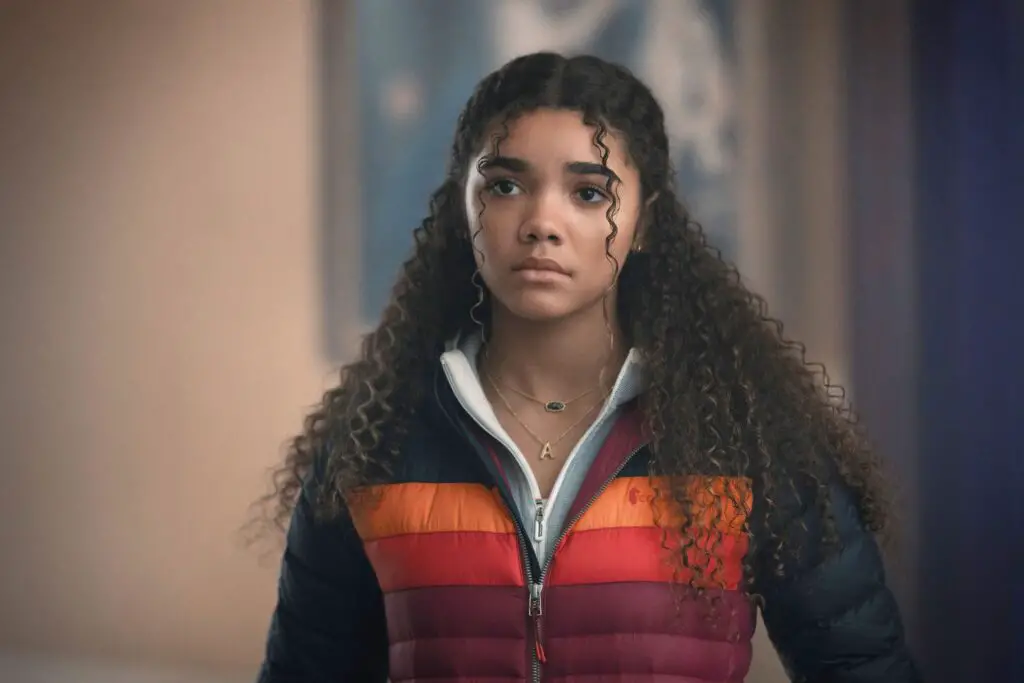
In an era of fast fashion, Gen Z has taken rebellion to a new level by rejecting mass production altogether. Instead of chasing brand-new trends, they’re thrifting, upcycling, and DIY-ing their wardrobes. Oversized vintage blazers, ‘90s-inspired denim, and Y2K throwbacks are all the rage, proving that sustainability can be stylish. Social media has fueled this movement, with platforms like TikTok showcasing creative ways to rework old clothes into new fashion statements.
The rejection of overconsumption is more than just a style choice—it’s an environmental stance. With climate change and ethical concerns at the forefront, Gen Z’s approach to fashion is about making a statement while reducing waste. While past generations rebelled through flashy new trends, today’s youth are making secondhand shopping the ultimate act of defiance. And with big-name designers now embracing sustainable fashion, it’s clear that this rebellion has some serious staying power.
